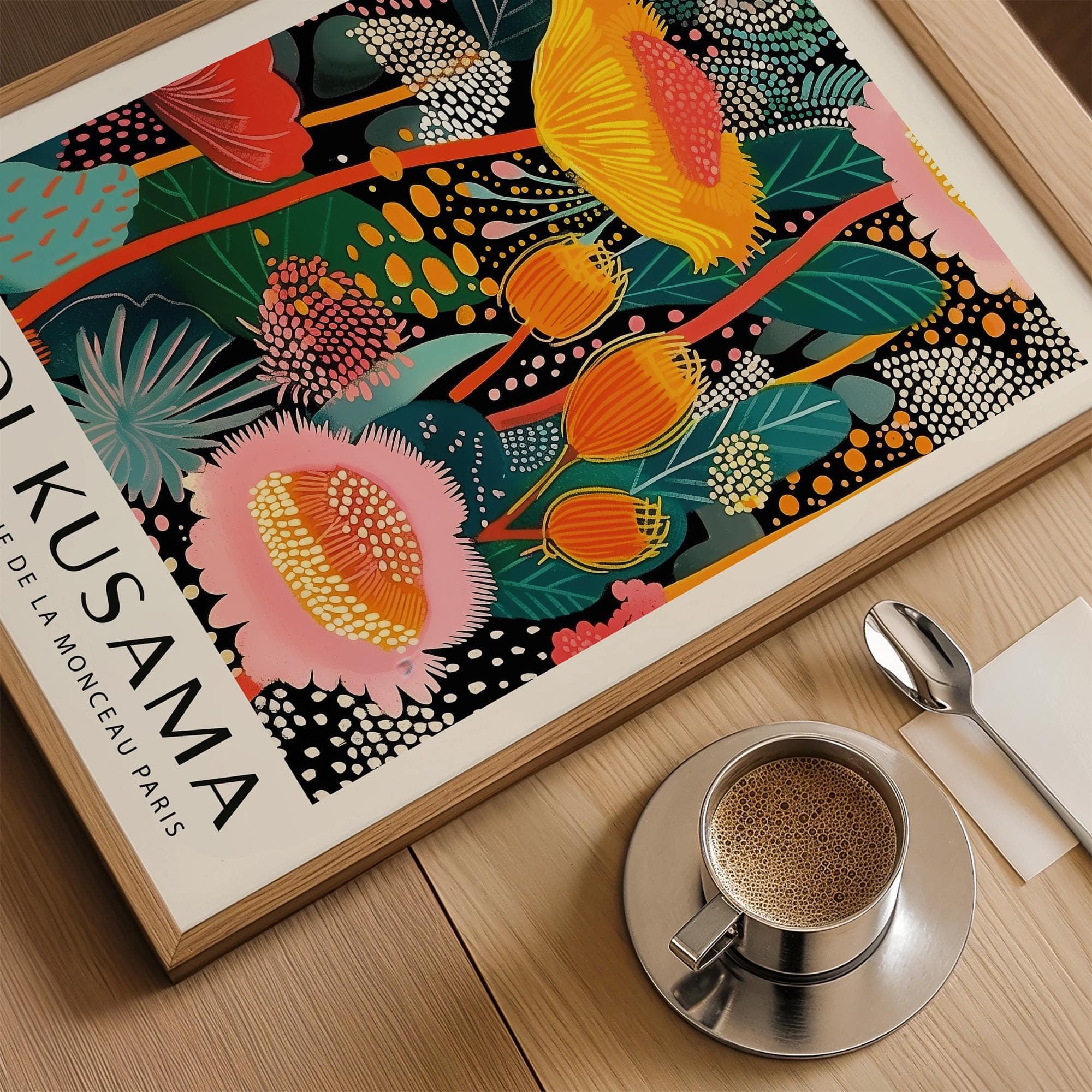How to Hang Japanese Wall Art the Right Way
Japanese wall art has a way of anchoring a space—quietly, simply, and with purpose. But to get the most out of it, proper placement matters. Whether you're hanging a scroll, a framed print, or a canvas, how and where you display it affects its presence and meaning. This guide breaks down key tips for hanging Japanese wall art so that it complements your space instead of disappearing into it.
1. Choose the Right Wall
Start by selecting a wall that allows the art to breathe. Japanese artwork tends to feature delicate lines, soft colors, and quiet compositions, so it needs room to be seen. Avoid overly busy walls or placing it between bold or cluttered objects.
Best options include:
- Above low-profile furniture like benches, beds, or console tables
- Entryway walls where the art can make a quiet first impression
- Hallways or staircases where vertical pieces create flow
If the room has a lot of visual energy—like a busy bookshelf or a large television—give your artwork its own zone so it doesn't compete for attention.
2. Hang at the Right Height
Eye level is the general rule, but it depends on the space. If the artwork is in a hallway or entry, hang it so that the center of the piece is around 57 to 60 inches from the floor. If it's above a sofa or headboard, leave 6–8 inches between the bottom of the frame and the top of the furniture.
For scrolls or vertical pieces, ensure the entire artwork is visible without needing to look up or down too sharply. In some cases, especially in seated areas like dining rooms, lower placement feels more balanced and intentional.
3. Use Consistent Spacing
If you're hanging multiple Japanese prints—such as a pair of cranes or a triptych landscape—spacing matters. Leave 2–3 inches between each piece for smaller works, and 3–5 inches for larger ones. Keep frames aligned along the top or center lines for visual consistency.
Spacing helps preserve the airy, balanced feel that defines both traditional and modern Japanese aesthetics. Don’t overcrowd the wall—let each piece have space to stand on its own.
4. Select the Right Hardware
Japanese wall art can come in a variety of formats: framed prints, canvas, scrolls, or even hanging fabric panels. The right hardware depends on the type:
- Framed prints: Use D-rings or sawtooth hangers and wall hooks that match the weight.
- Canvas: Hang directly from the stretcher bars with brackets or hooks.
- Scrolls: Use a single central hook for a relaxed drape, or a wooden dowel holder for support.
If you’re unsure, start with adhesive wall hooks for lightweight art—these are renter-friendly and easy to reposition if needed.
5. Consider the Light
Lighting brings out the subtleties in Japanese artwork, especially in prints with muted tones or detailed ink work. Place your art near natural light but not in direct sun, which can cause fading over time. If that’s unavoidable, consider UV-protective glass or archival framing materials.
Soft accent lighting, like a small lamp or an overhead spotlight, can create depth and highlight textures—especially in canvas or brushstroke-based art.
6. Frame With Care
Framing makes a big difference in presentation. For Japanese art, less is more. Use thin wood frames in black, white, or natural tones to let the artwork speak. Avoid overly decorative or gilded frames that detract from the subtle design.
Matting can add a professional finish—stick with white or off-white to maintain a clean look. For scrolls, you may not need a frame at all. Just hang the scroll using a clean wooden rod and string or display it temporarily, rolling it away between seasons.
7. Match the Art to the Room
Think about the energy of the space. In a bedroom, go for softer scenes—cherry blossoms, cranes, or misty mountains. In a hallway, a bold ink painting or calligraphy print can add movement. For living rooms, balance size with placement—a large print over a sofa, or a series of smaller ones in a row.
Need help picking the right print? Our Japanese art prints collection has a range of sizes and themes suited for different rooms and moods.
Final Thoughts
Hanging Japanese wall art is about more than filling space—it’s about creating a mood. Whether you’re adding a single scroll to a quiet corner or building a gallery wall of prints, attention to height, spacing, and light makes a real difference. With care and intention, your art will not only look better—it will feel more at home in your space.











































